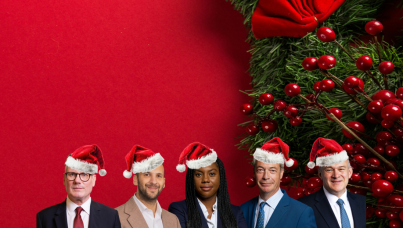Worcester's Weblog

MORI chairman Sir Robert Worcester analyses the latest opinion poll data.
Nearly four people in 10 expect to vote Labour on Thursday. Yet nearly a third of them say they may change their mind between fieldwork last weekend and election day, as do a quarter (28 per cent) of those who say they will vote, and vote for the Conservative Party.
Why the dubiety of their confidence in their chosen party? Is it just the Iraq war, with the conundrum for those who Tories who opposed the war but don't feel they can vote for anyone else than their party of habit? Or 'waste' a vote supporting the Liberal Democrats, too far left and European for dissatisfied Tories and not far enough left for Old Labour?
So how big are these segments of the political spectrum, what since early days over 30 years ago I've been calling the 'political pie'? They caused havoc in the Conservative Party over the past decade, ensuring the election of party leaders who won over the eurosceptic Thatcherite wing of the Tory Party but who could not carry the country. They're causing Tony Blair grief now and have been for some time, notwithstanding his massive majorities of 1997 and 2001.
To find out, several years ago I segmented the three main parties into their constituent parts, or 'warring factions' as some might describe them. To my surprise, nearly everybody recognised these labels for what they represent, and there were many fewer 'don't knows' than I suspected there would be. Just eight per cent in the 2001 election, and now 12 per cent in this most volatile of any election witness to over these 35 years.
The splits are there, and if our voting system was proportional representation instead of first past the post, then we'd likely as not have six political parties from those people who make up three today:
From the Conservatives the one-nation Tories (now just seven per cent but 11 per cent four years ago) and the Thatcherites (was nine per cent, still nine per cent and in control of the party in the grass roots).
From Labour, Old Labour (was and is 13 per cent of the electorate) and New Labour (still 23 per cent, but down from 29 per cent).
And the constituent parts of the Liberal Democrats, with the Liberal faction of 16 per cent (up four per cent), in the ascendancy and a hang-in-there six per cent of Social Democrats, down only one per cent.
There are still a quarter of electors in the 'don't know/don't care/and don't understand' group, most of whom I suspect won't be voting on Thursday anyway, and probably watching a DVD or any other channel rather than one or the others of the Dimblebys.




